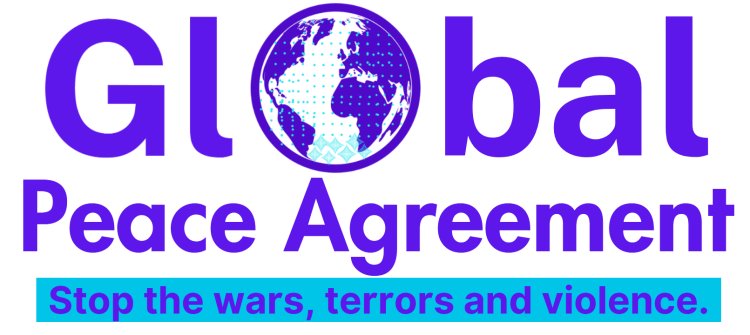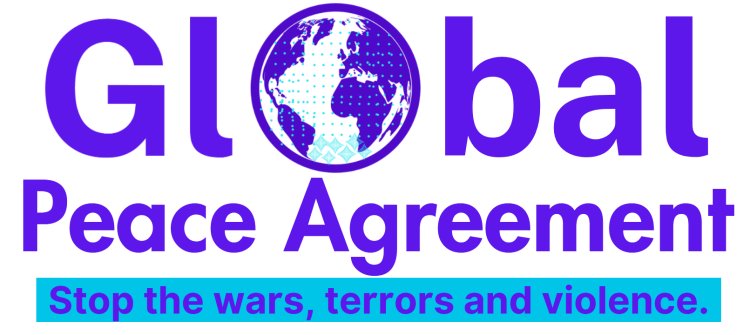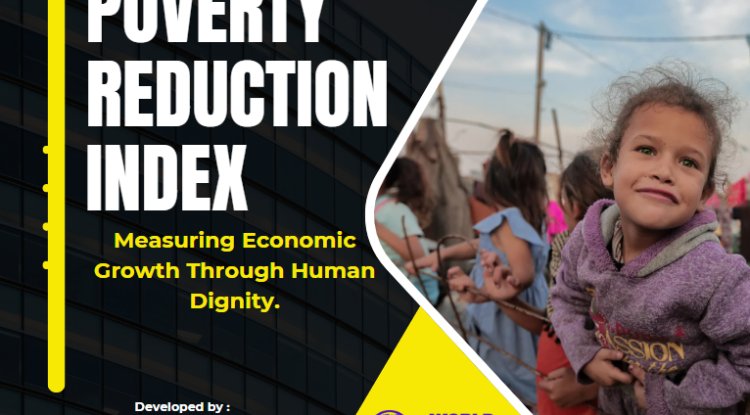SOCIO-ECONOMIC CONSEQUENCES OF WAR pt 1

THE SOCIO-ECONOMIC CONSEQUENCES OF WAR pt 1
Historical evidence unequivocally demonstrates war’s profound impact, as it exacts an immense toll on humanity and imposes substantial economic and social costs. From the loss of human life to the destruction of critical infrastructure, the ramifications of war reverberate across societies, leaving lasting scars. This explores the multifaceted repercussions that arise from armed conflicts. Examining the detrimental effects on human capital, labor force, government institutions, political stability, and overall uncertainty aims to deepen our understanding of the far-reaching consequences of war.
Destruction Of Lives, Infrastructure, And Cultural Heritage
War is a dark chapter in human history, inflicting profound and lasting societal consequences. Beyond the battlefield, the impact of war extends to the very fabric of human existence, leaving destruction in its wake. The following are the socio-economic consequences of war, it’s devastating effects on lives, infrastructure, and cultural heritage:
War’s Impact on Lives
War, with its unrelenting violence and destruction, has a profound and devastating impact on lives, leaving a trail of devastation in its wake. Innocent civilians, who often find themselves caught in the crossfire, bear the brunt of war’s consequences. Families are torn apart, communities are shattered, and lives are forever altered. The physical toll of war on individuals is immeasurable. The violence inflicted during armed conflicts results in many injuries, ranging from minor wounds to life-altering disabilities. The scars of war run deep, both visible and invisible, leaving survivors to grapple with the physical pain and trauma that can persist long after the fighting ceases. The loss of life is perhaps the most tragic consequence, as loved ones are torn away, leaving voids that can never be filled. Yet, war’s impact extends far beyond physical injuries and death. The psychological toll inflicted on survivors is profound and long-lasting. Witnessing or experiencing violence, losing loved ones, and enduring war’s constant fear and uncertainty leave indelible scars on the human psyche. Post-traumatic stress disorder (PTSD), anxiety, depression, and other mental health disorders are prevalent among war-affected people.
The psychological wounds of war can continue to haunt individuals and communities for generations, shaping their daily lives and interactions. Rebuilding shattered lives in the aftermath of war becomes a monumental task. It demands support, compassion, and resilience from individuals, communities, and governments. Physical rehabilitation programs, healthcare services, and psychological support systems are crucial in addressing survivors’ immediate needs. It is easier to regain a feeling of direction and optimism for the future when there are chances for education, skill development, and employment. In order for people to feel comfort and strength, social institutions must be rebuilt, and community cohesiveness must be promoted.
The Destruction Of Infrastructure
In the aftermath of war, the destruction of infrastructure stands as a stark reminder of the devastating impact on communities and societies. Essential facilities that form the backbone of functioning societies, such as schools, hospitals, transportation networks, and utilities, bear the brunt of conflict. Once vibrant and integral to everyday life, these critical pillars crumble under the weight of war’s destruction. The loss of schools and educational institutions disrupts access to education for children and young adults. Education is the foundation upon which societies build their future. It equips individuals with knowledge, skills, and opportunities for personal and professional growth. When schools are destroyed, learning opportunities diminish, depriving a generation of children of quality education and limiting their potential for a brighter future. Hospitals and healthcare facilities are also severely impacted by war.
These institutions are vital in providing essential medical care and saving lives. The destruction of hospitals means limited access to healthcare services, leaving communities vulnerable to preventable illnesses, injuries, and maternal and child health complications. The absence of healthcare infrastructure increases the risk of mortality and hampers post-war recovery efforts, as a healthy population is essential for rebuilding and revitalizing communities. Transportation networks, including roads, bridges, and airports, are critical arteries that enable the movement of goods, services, and people. During the war, these lifelines of connectivity and trade become targets for destruction, severing vital supply chains and hindering economic activity. The loss of transportation infrastructure isolates communities, making it difficult for people to access healthcare, education, and employment opportunities. Additionally, it hampers the delivery of humanitarian aid and slows down post-war recovery efforts, as the movement of resources becomes arduous and costly. Utilities such as water and electricity infrastructure, essential for daily life, are also ravaged by conflict. The interruption of water delivery systems jeopardizes the availability of clean, safe drinking water, increasing the risk of waterborne illnesses and aggravating existing health issues. The destruction of electrical grids plunges communities into darkness, affecting communication, transportation, and basic services. The absence of these utilities creates immense hardships for individuals and impedes the restoration of normalcy and progress in war-torn regions. Rebuilding infrastructure in the aftermath of war becomes an arduous and resource-intensive endeavor. It demands significant financial investment, time, and concerted efforts from governments, international organizations, and communities. The process involves physical reconstruction and planning and implementing systems that prioritize resilience, sustainability, and inclusivity. Rebuilding infrastructure is essential for restoring the foundations of society, revitalizing economic activity, and improving the quality of life for affected communities.
The restoration of infrastructure requires comprehensive assessments, coordination, and collaboration among stakeholders. It involves the expertise of engineers, architects, and urban planners who work together to design resilient and functional structures. Additionally, it necessitates the mobilization of resources and international aid to support the reconstruction efforts, ensuring that communities can regain access to essential services, revive economic activities, and rebuild their lives. Ultimately, infrastructure reconstruction is not just about rebuilding physical structures but also about rebuilding hope, resilience, and a sense of normalcy. It is a vital step towards post-war recovery, providing the foundation for communities to heal, thrive, and progress toward a prosperous future.
Cultural Heritage Under Siege
The destruction of cultural heritage during war represents a profound loss for specific communities and humanity as a whole. Ancient monuments, archaeological treasures, and sacred sites bear witness to centuries of history and fall victim to the ruthless destruction of armed conflicts. The eradication of cultural heritage is tantamount to erasing a part of our collective identity and memory. The preservation of cultural heritage holds immense significance in post-war societies. It serves as a symbol of resilience, unity, and the richness of diverse cultures. Cultural heritage sites embody the legacy of past civilizations, offering insights into their achievements, beliefs, and values. The destruction of these sites fractures the connection between past and present, hindering the process of healing, reconciliation, and the formation of a cohesive national identity.
Environmental Impact
War devastates the environment, leaving long-lasting scars that persist even after the cessation of hostilities. The use of weapons and warfare tactics inflicts severe damage on ecosystems, resulting in far-reaching environmental consequences. During the war, using explosives, artillery, and chemical weapons wreaks havoc on the natural landscape. Bombings and shelling destroy habitats, kill wildlife, and disrupt delicate ecological balance. The contamination of soil, water sources, and air with toxic substances poses serious risks to human and environmental health, often leading to long-term pollution and ecosystem degradation. Deforestation is another environmental consequence of war. Trees are felled to serve military purposes, either for fuel, construction, or strategic clearing. This widespread deforestation further exacerbates environmental degradation, as it leads to soil erosion, loss of biodiversity, and disruptions in the water cycle. As trees are essential for carbon absorption and greenhouse gas emission reduction, their destruction also contributes to climate change.
War-torn communities face additional environmental challenges in the aftermath of conflict. The depletion of natural resources, such as water, minerals, and timber, intensifies due to increased demands during wartime. This depletion hampers post-war recovery efforts and perpetuates resource scarcity, further exacerbating social and economic hardships. The long-term environmental impact of war has far-reaching consequences for both human and ecological systems. It hampers post-war recovery and reconstruction efforts, diverting resources and attention from urgent environmental concerns. It also exacerbates vulnerabilities to climate change and natural disasters as weakened ecosystems struggle to cope with environmental stresses. The path to recovery from war’s devastation is challenging and complex. Rebuilding shattered lives, infrastructure, and cultural heritage demands a holistic approach. It requires collective efforts to address affected communities’ physical, psychological, and economic needs. Investing in education, healthcare, and livelihood opportunities is essential to restore hope and stability.
Preserving cultural heritage fosters a sense of identity and paves the way for healing and reconciliation. Above all, promoting peace and preventing future conflicts becomes a shared responsibility, ensuring a brighter and more harmonious future for future generations. The socio-economic consequences of war are profound and far-reaching. The toll on lives, infrastructure, and cultural heritage highlights the urgent need for peace and conflict resolution. By understanding the devastating impact of war, we are compelled to seek alternative paths that prioritize preserving life, rebuilding infrastructure, and safeguarding cultural heritage. Through collective efforts, compassion, and resilience, we can strive to heal the wounds of war and forge a future where the devastating consequences of armed conflict are replaced with lasting peace and prosperity.




















